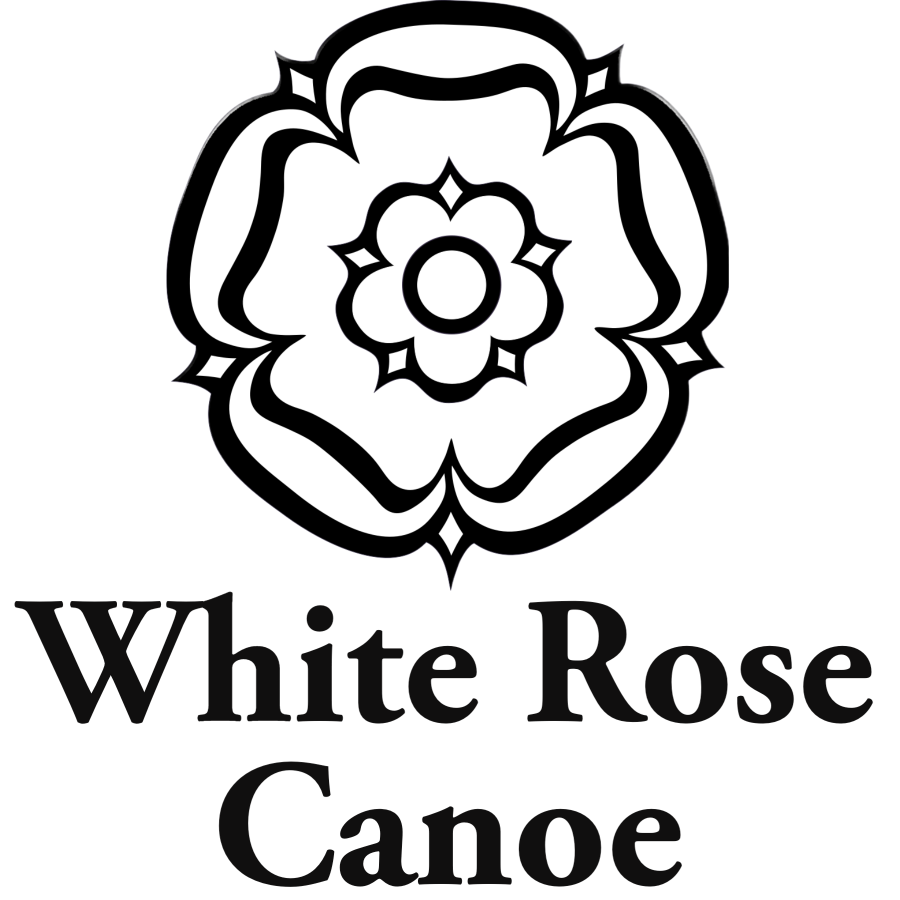Canoe Design Basics
Boat design basics: Efficiency v. Stability v. Maneuverability
One of the manufacture reps explained boat design this way: Boat designers have 3 focus spots and 100 chips they can play. The more chips they put on one spot, the less they have for the others. So you're looking for the set of tradeoffs that best match your needs
Efficiency translates to glide - how far the boat travels with each stroke. Longer, narrower and stiffer boats tend to be more efficient than shorter, wider and more flexible hulls.
Stability is generally discussed in two flavors: initial stability - how twitchy the boat feels when you're just sitting on the water, and secondary stability - how stable the boat feels when it's leaning or in bouncy water (resistance to capsize).
There is a trade off - boats with high initial stability are hard to tip, but once tipped, are easily flipped. Boats with good secondary are usually easy to tip a bit, but hard to flip.
Getting comfortable with a less initial stability is a matter of learning to trust the boat and is a valuable skill - it actually increases boat control. Most folks get it quickly.
Maneuverability is about the balance between tracking and turning. "Tracking" boats (also known as "lake" boats) are tuned to go straight and be less effected by wind. They tend to be longer, have less rocker (curve end to end) and lower profiles. Turning boats ("river" boats) are designed for responsive, quick maneuvers - think missing rocks They tend to be shorter, have more rocker and symmetric hull shapes.
Hull shapes and specs: Now we're getting a bit complicated.
Hull shapes are a combination of many components, including the shape of the sides (flared, straight, tumblehome), the bottom (flat, round, shallow arch, shallow vee), the depth of the boat (bow, middle and stern), the width of the boat (at gunwales, widest point and 4" waterline), the amount of rocker (curve along the keel at bow and stern), length and overall symmetry.
Making it even more complicated, these components can be mixed and matched (Northstar makes a solo with flared sides that has a sharp tumblehome). And specs don't always contain enough info - for example, most specs don't tell you if the width at the widest point of the boat is above or below the 4" waterline or the height where the curve of the tumblehome begins, both of which can impact how the boat feels in the water.
Specs are very useful for making general comparisons and doing an initial pass at narrowing the field of boats you're looking at. And if you can begin to correlate how a boat feels on the water to the specs they become even more useful. But they are no substitute for actually seeing and paddling the boats you're considering.
Here's a link to a more detailed summary of hull shapes: http://canoeing.com/canoes/canoe-design/
